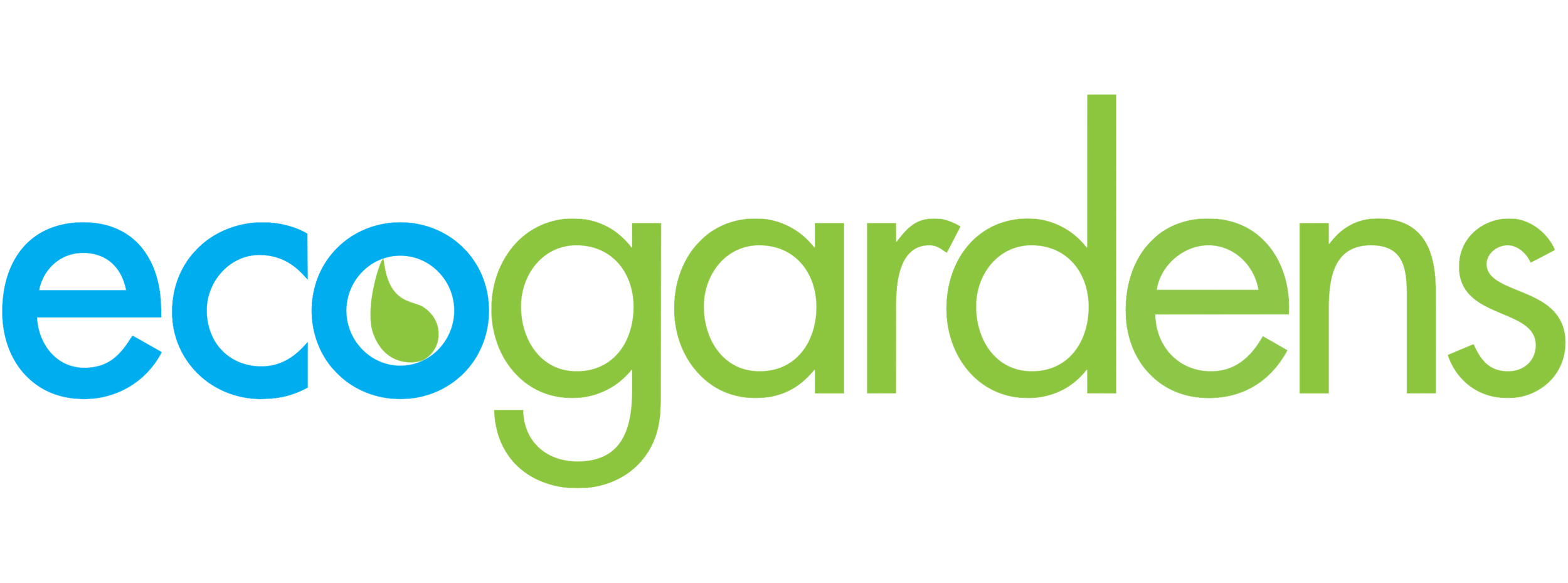Urban landscapes need good care, and that’s a fact.
Caring for a landscape may look different depending on where that landscape is located: exposed rooftop, sheltered sky-high patio, ground-level urban garden, suburban residential oasis.
Looks are deceiving, though. From the first floor to the fiftieth, there’s one thing each of these systems has in common: Its chances of surviving and thriving are much higher with proactive stewardship.
Wait, you’re thinking, stewardship? What about maintenance?
Excellent question, with an important answer. While many people use the two terms, interchangeably, they actually mean very different things. Maintenance is reactive while stewardship is proactive.
Stewardship and maintenance, simply put, are not the same.
Sure, they’re similar in that they both apply to caring for landscapes, from the empty-urban-lot-turned-garden in Chicago, to the vast sweeping miles of dune surrounding Lake Michigan.
But maintenance is all about time tables, scheduled activities, seasonal chores. The approach is the same, year after year, with each change of weather dictating a new set of tasks.
The problem? This doesn’t take the landscape’s needs into account. When we simply “maintain,” we fail to ask important questions. Question such as:
Is this green roof functioning well with this mix of plants?
Why does this species seem unhappy, and what can we do about it?
Is the insect population in this urban garden problematic, or can we leave it alone?
Is this system accomplishing its goals (e.g. cooling a roof, attracting pollinators and more)?
When we ask such questions instead of applying prefab treatments to a landscape year after year, we get a much different result: better landscapes for plants, animals and humans alike.
Not only that, we can count on much better environmental outcomes.
Applying the same inputs and giving the same treatment to a system again and again runs the very real risks of missing a big problem. If a green roof stops retaining water, for instance, there goes the stormwater retention. If a green roof’s plant palette shrivels to only a few species, we might lose the benefits to animals. When those plants die off entirely, you can kiss those 10-15 percent energy savings goodbye.
Plus, when we partner with landscapes, they’re just plain prettier.
That’s why we offer more than maintenance here at Ecogardens. We offer stewardship, creating true partnership between people and environment. It’s what we’re all about, and it always will be.
Make a stewardship appointment today!


